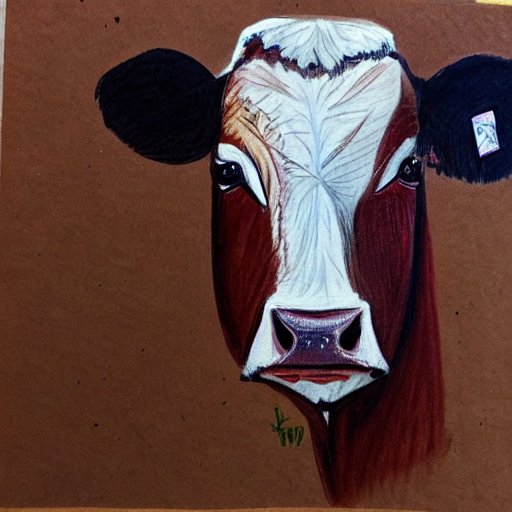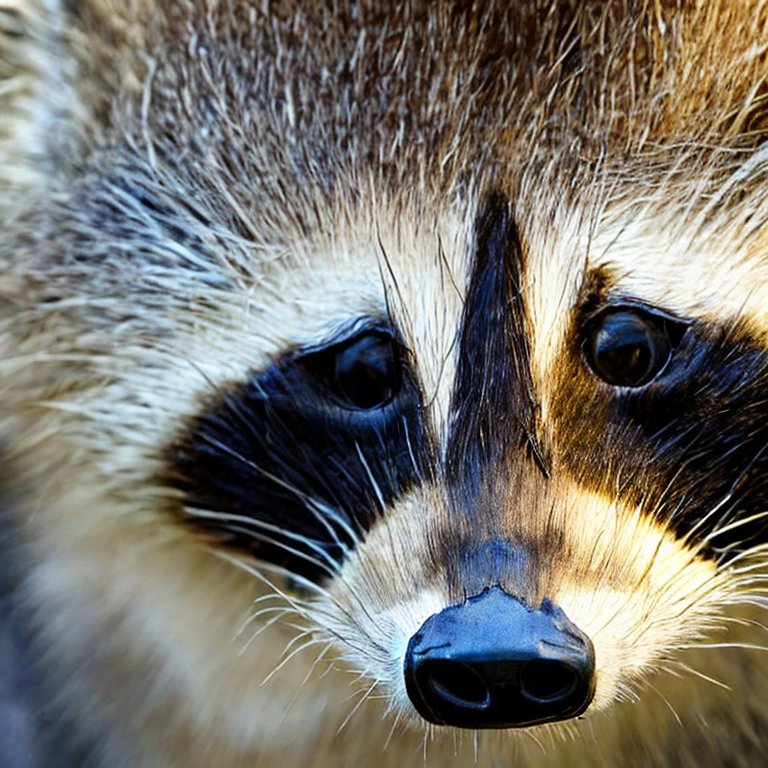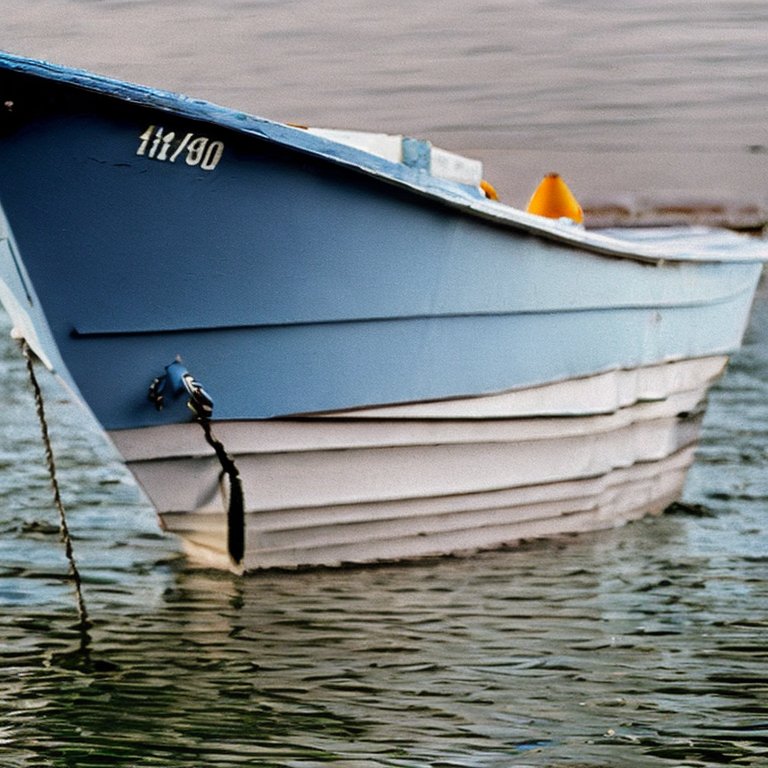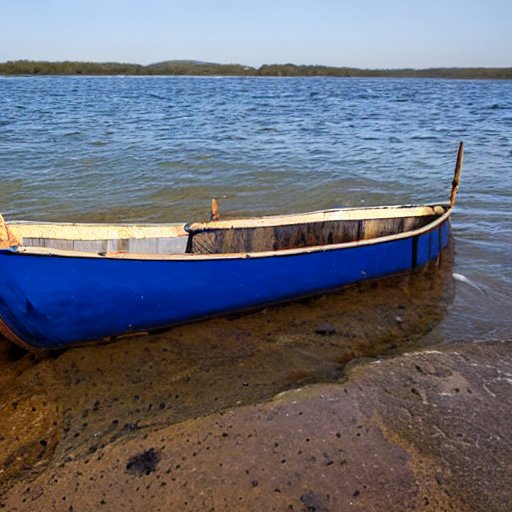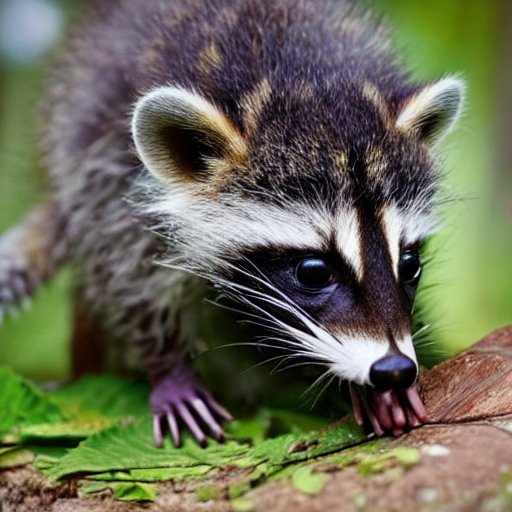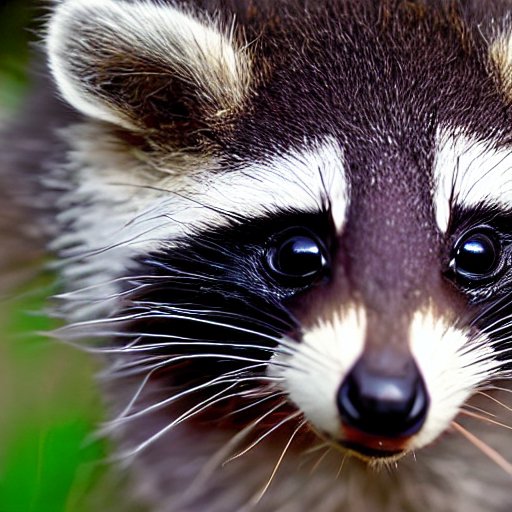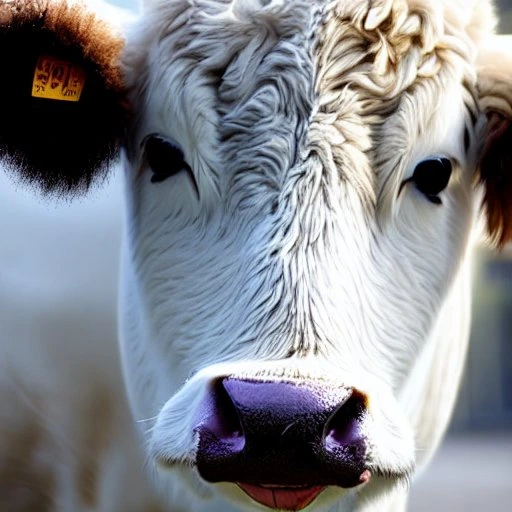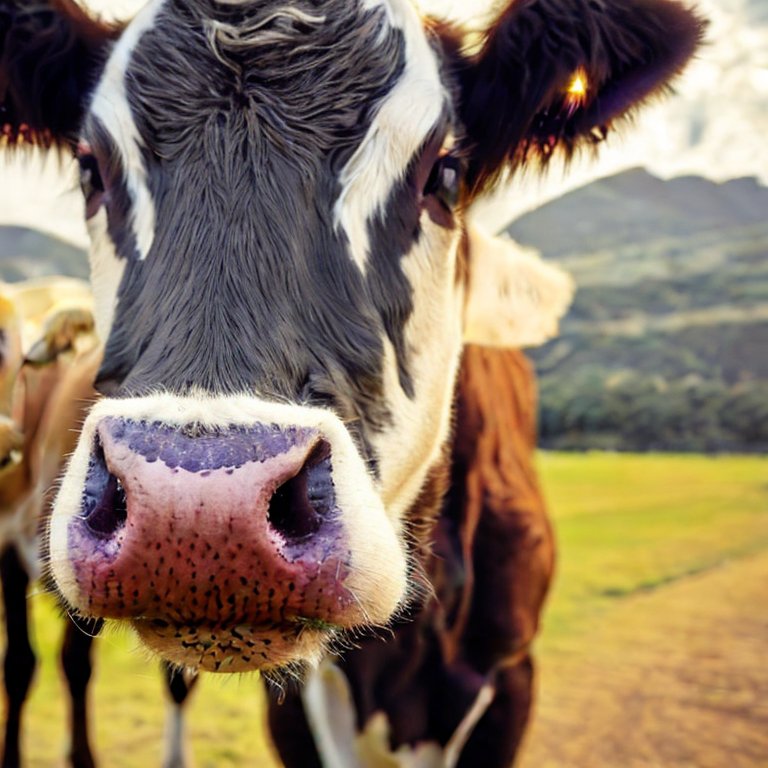Venturer
Understanding Lizard Poop Appearance - What to Expect
Updated at 09-02-2023 · Animals · Education
Lizard poop is an important aspect of a lizard's health and well-being. Understanding what lizard poop looks like and what to expect can help you identify potential health issues early on and provide appropriate care for your pet. In this article, we will explore the characteristics of lizard poop and the differences between various species.
Characteristics of Lizard Poop
- Size: Lizard poop can range in size from small pellets to longer and more cylindrical shapes, depending on the species of lizard and its diet.
- Shape: Lizard poop can be cylindrical or shaped like a log, with one end being more pointed and the other end being rounded.
- Texture: Lizard poop can have a smooth or rough texture, and can sometimes have ridges or a bumpy appearance.
- Color: Lizard poop can range in color from brown to green, depending on the lizard's diet and overall health.
- Odor: Lizard poop can have a strong and pungent odor, especially if it contains undigested food or waste.
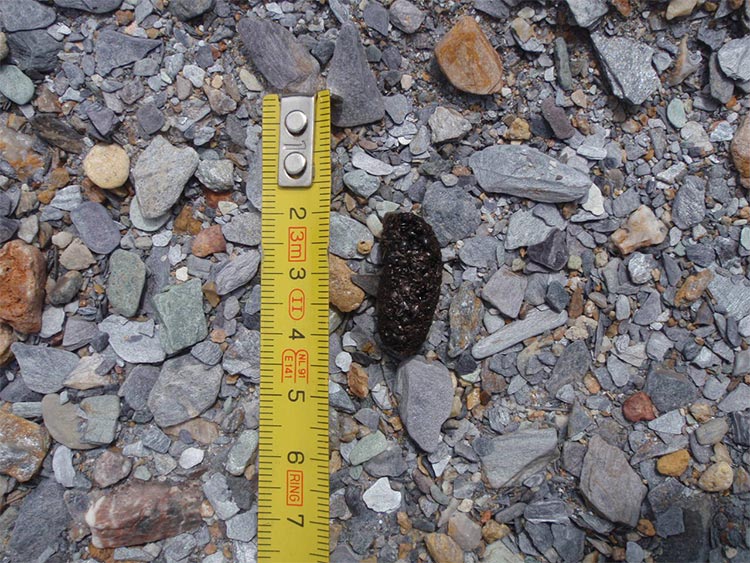
Differences between Lizard Poop Types
- Gecko Poop: Gecko poop is usually small and cylindrical in shape, with a smooth texture and a brown or green color.
- Iguana Poop: Iguana poop is larger and more log-shaped, with a rough texture and a green color.
- Chameleon Poop: Chameleon poop is cylindrical in shape, with a smooth texture and a brown color.
- Skink Poop: Skink poop is small and cylindrical, with a smooth texture and a brown color.
- Bearded Dragon Poop: Bearded dragon poop is larger and log-shaped, with a rough texture and a brown color.
.jpg)
Lizard poop can vary in size, shape, texture, color, and odor depending on the species of lizard and its diet. By understanding what to expect, you can better monitor your pet's health and identify potential issues early on. Regular observation of your lizard's poop can give you valuable insight into its overall well-being and help ensure that it is happy and healthy.
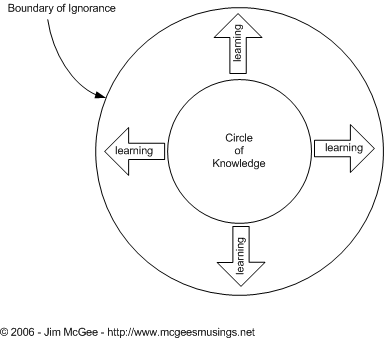
.jpg)
-1675940156.jpg)

